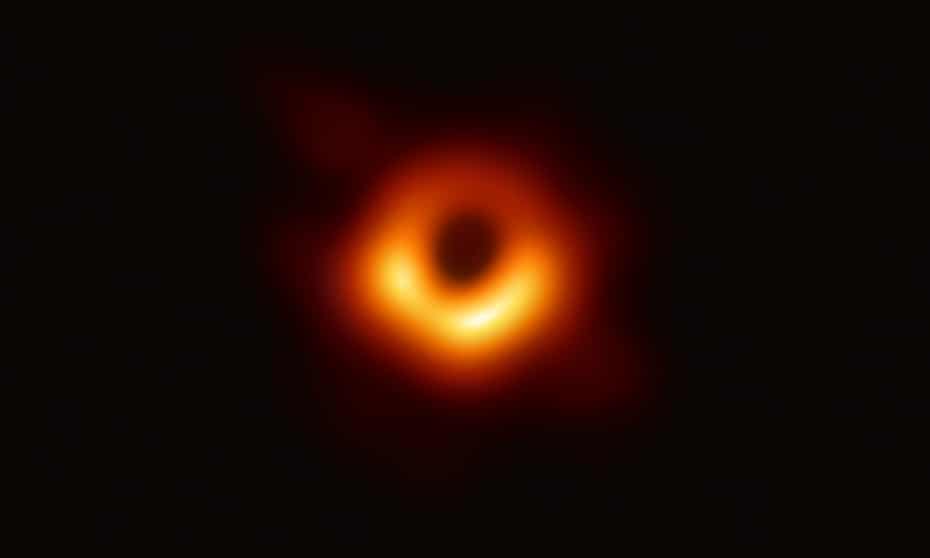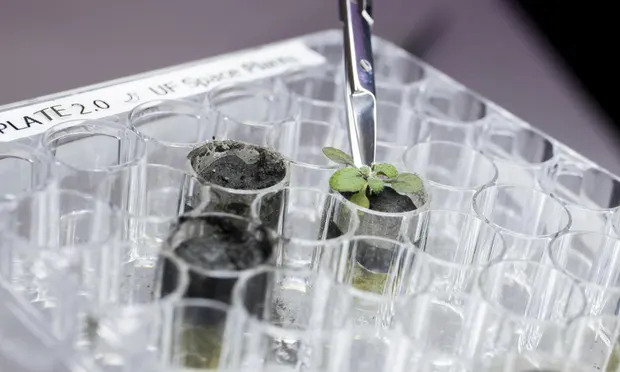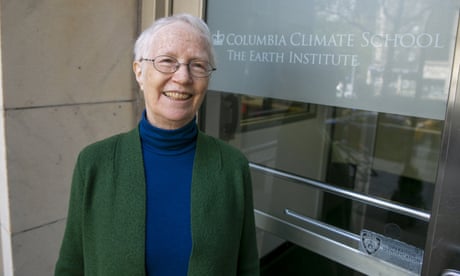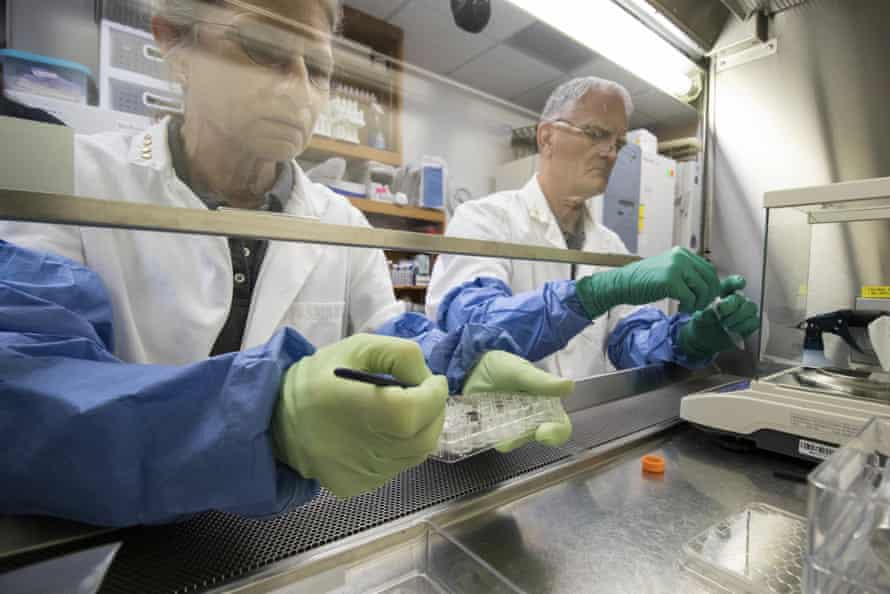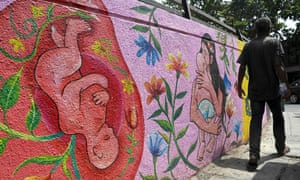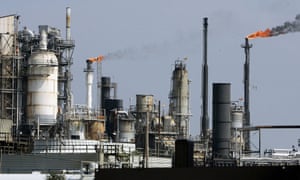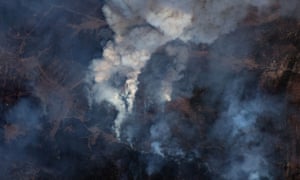Last modified on 2022 May 12
–
For the first time, scientists have grown plants in soil from the moon collected by NASA’s Apollo astronauts.
Researchers had no idea if anything would sprout in the harsh moon dirt and wanted to see if it could be used to grow food by a new generation of lunar explorers. The results stunned them.
“Holy cow! Plants actually grow in lunar stuff. Are you kidding me?” said Robert Ferl of the University of Florida’s Institute of Food and Agricultural Sciences.
–
Ferl and his colleagues planted thale cress in moon soil returned by Apollo 11’s Neil Armstrong and Buzz Aldrin, and other moonwalkers years ago and the seeds sprouted.
The downside was that after the first week, the coarseness and other properties of the lunar soil stressed the small, flowering weeds so much that they grew more slowly than seedlings planted in fake moon dirt from Earth.
Most of the moon plants ended up stunted. Results were published on Thursday in Communications Biology.
The longer the soil was exposed to punishing cosmic radiation and solar wind on the moon, the worse the plants seemed to do.
–
The Apollo 11 samples – exposed a couple of billion years longer to the elements because of the lunar Sea of Tranquility’s older surface – were the least conducive for growth, according to scientists.
“This is a big step forward to know that you can grow plants,” said Simon Gilroy, a space plant biologist at the University of Wisconsin-Madison, who had no role in the study. “The real next step is to go and do it on the surface of the moon.”
Moon dirt is full of tiny, glass fragments from micrometeorite impacts that got everywhere in the Apollo lunar landers and wore down the moonwalkers’ spacesuits.
One solution might be to use younger geologic spots on the moon, like lava flows, for digging up planting soil. The environment also could be tweaked, altering the nutrient mixture or adjusting the artificial lighting.
Only 842 pounds of moon rocks and soil were brought back by six Apollo crews, and most was locked away.
NASA finally doled out 12 grams to the University of Florida researchers early last year, and the long-awaited planting took place last May in a lab.
–
–
Topics
Most viewed
- –
